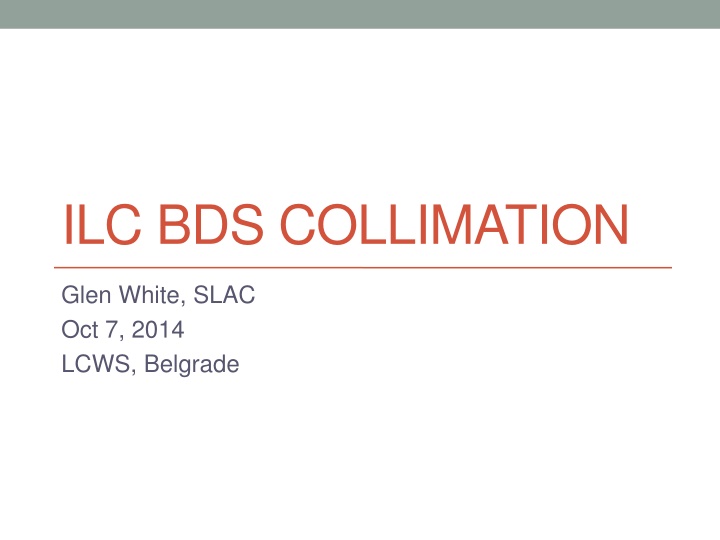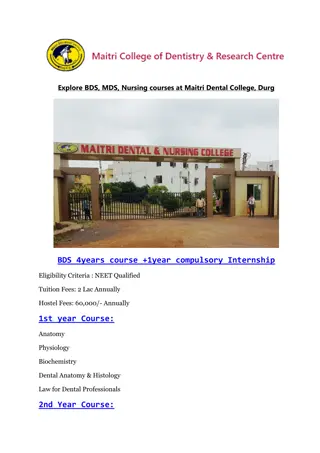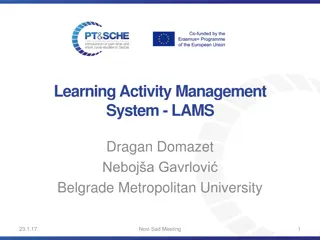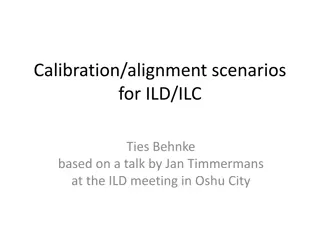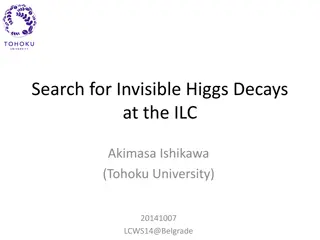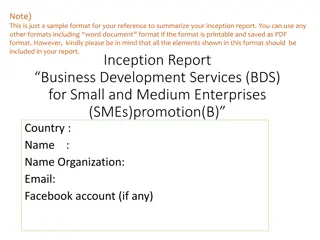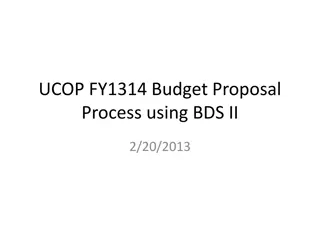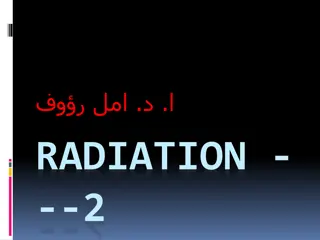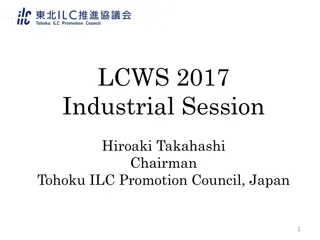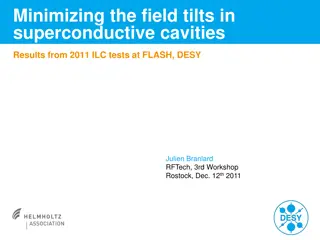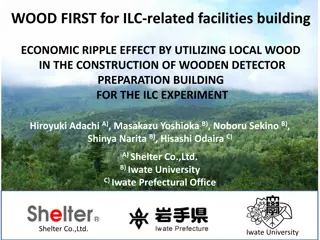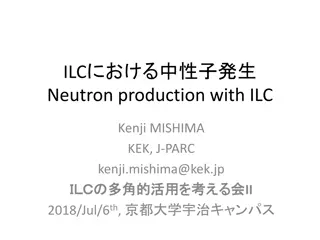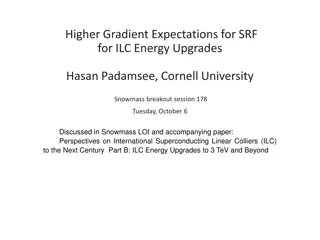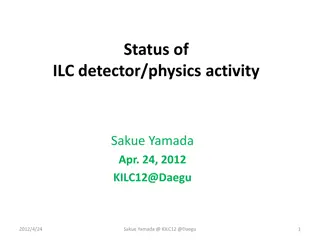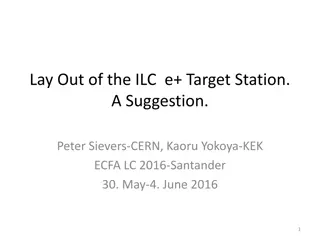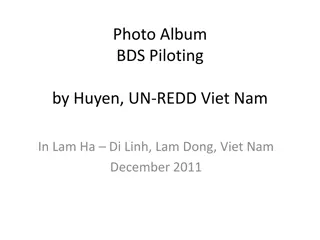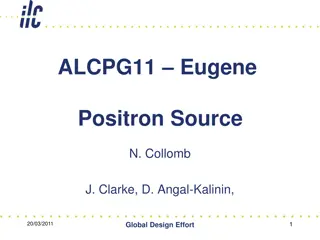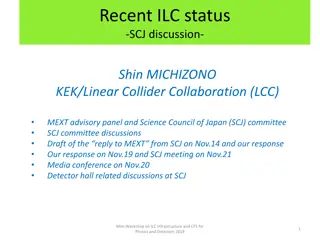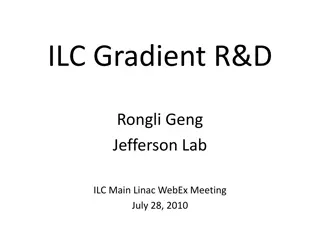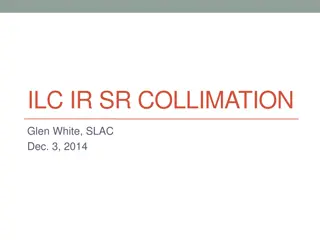Collimation Study for ILC BDS in Belgrade
Investigate collimation apertures for ILC BDS in Belgrade to prevent SR photons from hitting the IR region. Calculations involve MP tracking, beam loss rates, and halo particles. Various scenarios considered for detector and extraction system design. Detailed particle phase space analysis and tracking simulations presented.
Download Presentation

Please find below an Image/Link to download the presentation.
The content on the website is provided AS IS for your information and personal use only. It may not be sold, licensed, or shared on other websites without obtaining consent from the author.If you encounter any issues during the download, it is possible that the publisher has removed the file from their server.
You are allowed to download the files provided on this website for personal or commercial use, subject to the condition that they are used lawfully. All files are the property of their respective owners.
The content on the website is provided AS IS for your information and personal use only. It may not be sold, licensed, or shared on other websites without obtaining consent from the author.
E N D
Presentation Transcript
ILC BDS COLLIMATION Glen White, SLAC Oct 7, 2014 LCWS, Belgrade
1 4/4/2025 G. White, SLAC Overview Calculate collimation apertures based on criterion of no SR photons hitting IR region (QF1 -> IP+50m) 3.5m (5.5m EXT) L* 4.0m (5.95m EXT) L* 4.5m (6.3m EXT) L* TDR Baseline (ECM = 500 GeV) MP tracking-based calculations including non-linear field elements Calculation of beam loss rates from halo particles. Aperture hits stop particles in simulation, no material interaction modeled here
2 4/4/2025 G. White, SLAC SR in IR Region X Y SiD (L*=3.5m) ILD (L*=4.5m) SR from particles covering all QF1 phase-space Rays not hitting apertures shown Aperture @ IP = 14mm (SiD), 16mm (ILD) radius inner vertex detector layer (L=125mm)
3 4/4/2025 G. White, SLAC IR Geometry 5.5m 6.3m Difference in detector and extraction system design for different BDS L* options No simple scaling for collimation depth
4 4/4/2025 G. White, SLAC 2D Particle Phase Space @ QF1 Entrance 1e6 Macro-particles, uniform random distribution in 2D phase-space. Red tags particles generating SR photon hits in IR. Blue OK. Ellipse fit to define SR aperture. Missing particles in above plots = collimated by IR magnet apertures.
5 4/4/2025 G. White, SLAC 4D Particle Phase Space @ QF1 Entrance Generate initial phase-space from previous plots. Additional hit particles present due to x-y correlations. Use minimizer to find simultaneous x and y phase space ellipse apertures which ensure no IR SR photon hits (cyan ellipses).
6 4/4/2025 G. White, SLAC Phase Space Tracking SP1 -> QF1 Track 4D phase space from entrance SP1 spoiler to QF1 magnet entrance. Blue shows particles with clear transmission to QF1 Red shows particles collimated by magnet apertures (all spoiler apertures deactivated)
7 4/4/2025 G. White, SLAC Phase Space @ QF1 Entrance Particles tracked from SP1 and not hitting magnet aperture Blue = No SR hits in IR Red = SR hits aperture in IR Cyan ellipse = SR aperture @ QF1 from previous calculation Generate high-statistics particle distributions from red points Calculate collimator apertures required to collimate red particles which cause SR radiation to hit somewhere in IR.
8 4/4/2025 G. White, SLAC Required Collimator Spoiler Apertures Name L*=3.5m X L*=4.0m L*=4.5m Y X / mm (N x) Y / mm (N x) X / mm (N x) Y / mm (N x) SP1 SP2 SP3 SP4 SP5 - - - - - - - - - - - 0.43 (3.9) 0.6 (30) 0.43 (3.9) - - 0.2 (24) 0.2 (200) 0.2 (24) - - 0.48 (4.3) 0.4 (21) 0.48 (4.3) - - 0.2 (24) 0.21 (203) 0.2 (24) - Requirement: collimators should be set to allow NO POSSIBLE SR HITS IN IR - = no collimation needed at this location to prevent IR SR hits. (L*=3.5m optics completely shielded by magnet apertures) TDR calls for 1-2E-5 main beam loss (>4.25 ) (Max with all muon spoiler space filled = 1E-3 beam loss => 3.3 ) Tightest L*=4.0m aperture = SP2/SP4 = 3.9 = 9.6E-5 Need to refine collimation phase-advances & design EXT optics Tightest L*=4.5m aperture = SP2/SP4 = 4.3 = 1.7E-5
9 4/4/2025 G. White, SLAC Halo Loss Rate in Magnets FFS L*=3.5m (No Collimation) L*=3.5m Represent beam halo as 0.1% main beam charge with 1/r profile in transverse dimensions and 1% dP/P (Gaussian distribution). Calculate max loss rate in magnets from tracking simulation (107 MP) Calculate max loss for any magnet as a function of horizontal collimator aperture Fix vertical @ 24
10 4/4/2025 G. White, SLAC Collimation Settings For Magnet Protection Ploss Spoiler Aperture (x) / [ y = 24] L* = 3.5m 8.4 8.8 9.1 9.4 10.0 10.9 L*=3.5m (W/m) 1 5 10 20 50 100 L*=4.5m settings for SR protection <<1W/m power loss on any magnet. For L*=3.5m & 4.0m, required settings shown in table. Small (0.1 -level) differences between L* optics variants. SPEX set to 1.6mm = 1% dP/P (8 E) collimation.
11 4/4/2025 G. White, SLAC Summary (1) Tightest required collimation apertures for IR SR protection or BSD magnet protection 3.5m L* = 8.4 4.0m L* = 3.9 4.5m L* = 4.3 4.0m optics requires further optimisation Improve collimator systems phase relations 4.5m (and 4.0m after further optimisation?) fulfills TDR muon shielding requirements (acceptable fractional main beam loss). Compatible with TDR muon shielding philosophy: 5m magnetized spoiler with space to extend to cope with up to 1E-3 main beam loss Tail-folding octupoles supply additional overhead 3.5m could potentially allow considerable relaxing of muon collimation requirements.
12 4/4/2025 G. White, SLAC Summary (2) Refinements to EXT/FFS magnet design & positioning? E.g. 5.5m EXT L* design for 4.0 & 4.5m BDS L* reduces to 3.5m situation. Can more compact QD0 design allow for 4.0m BDS L* with 5.5m EXT L* design option? Influence of QF1 positioning? Possible refinements for SR / background calculations: Tail-folding octupoles Include perturbation effects from colliding beam IR solenoid field GEANT models of spoiler + absorber including scattering & secondary particles Include tuned beamline configuration , multipole errors in magnets, alignment, main field errors etc. Systematic error study of simulation parameters Obvious sensitivity to phase advances from beta collimators to IP Need to consider commissioning-> how to experimentally ensure phases correct
